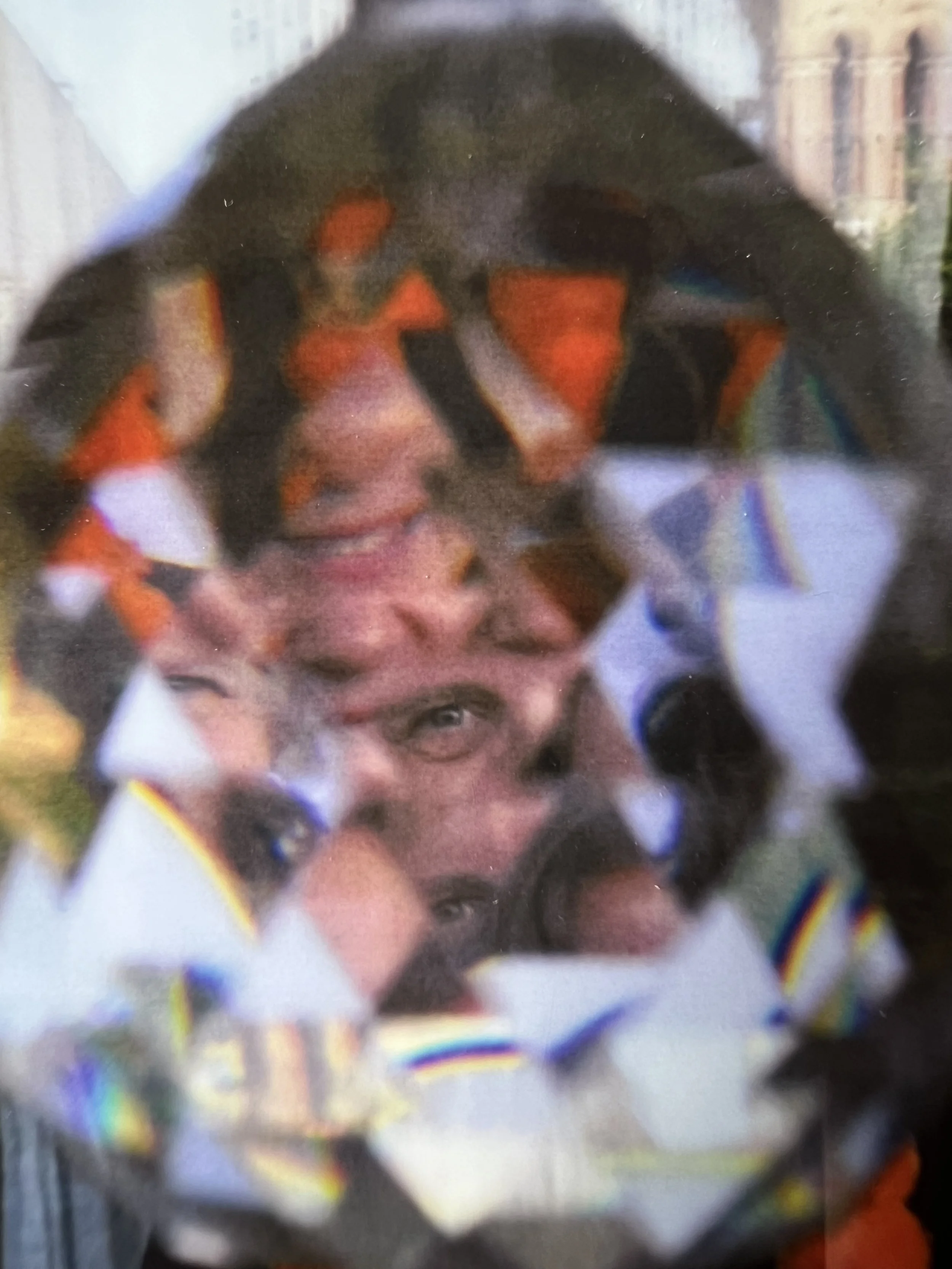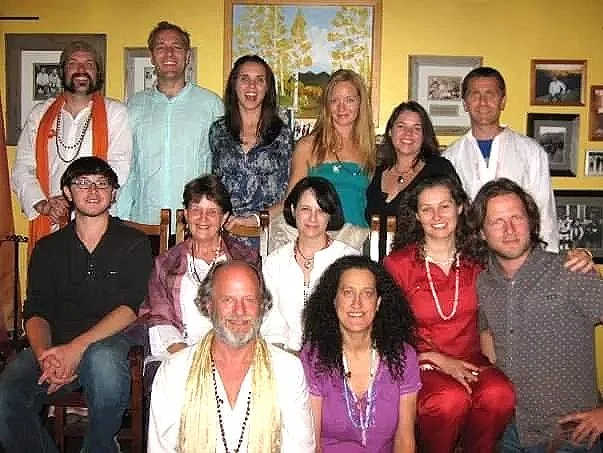From Corporate Life to Healing Practice
After almost 33 years in financial reporting, Becke Buffalo found herself at a crossroads that many can relate to - retirement opened the door to explore new ways of being of service. Her journey led her first to Vedic Meditation, then to Reiki treatments to help rebalance her energy. The moment she experienced Reiki's powerful healing effects, something clicked. "Reiki felt strongly familiar to me," she shares, "like coming home." That recognition sparked her dedication to become a Certified Reiki Master Practitioner, studying with respected teachers in the traditional Usui lineage.
Now launching her private practice in NYC, Becke embodies the beautiful integration of ancient wisdom traditions. Her background in dramaturgy and literature, combined with her longstanding interest in spirituality, informs her gentle approach to energy healing. Whether offering in-person sessions or distance Reiki (which she notes is "just as effective and powerful"), Becke serves as a conduit for universal life-force energy, helping others reactivate their body's natural healing intelligence. Her transition from the corporate world to healing practitioner shows how our practice can guide us toward our true calling, no matter what stage of life we're in.
“…coming to Vedic Meditation at this point in my life and pivoting to a "third Chapter", I feel I am playing catch-up and have an intense passion and love to soak up the abundant knowledge offered by our tradition. Every single day I am amazed by the powerful evolutionary effects of our practice and am grateful it was my time to find it.”
- Becke, Vedic Meditator since 2022
Inquire about Reiki with Becke
For Concierge, Distance, or at Cabrini Wellness in Washington Heights





